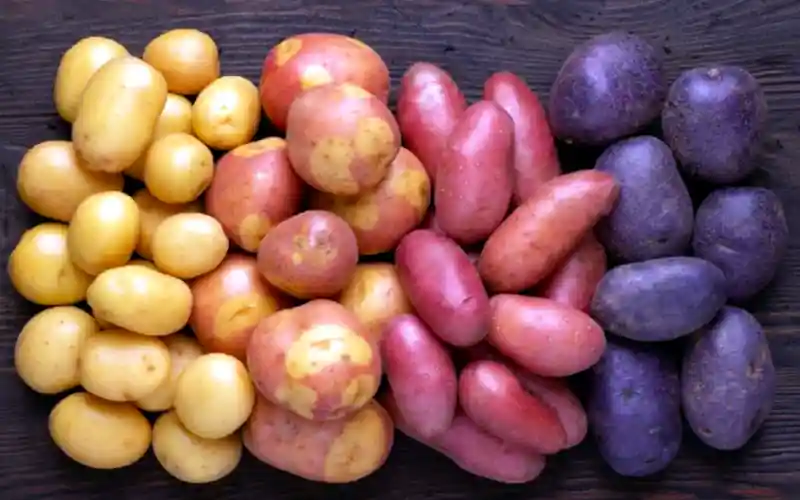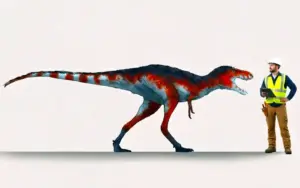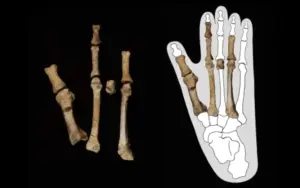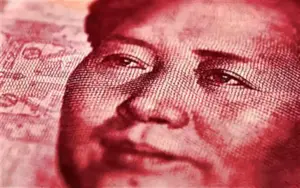How The Potato Came To Be

- Natural hybridization event occurred 9 million years ago
- Interbreeding involved tomato and a potato-like species
- Study analyzed genomes from cultivated and wild potatoes
For millennia, the potato has been a global dietary staple. Originally cultivated in the Andes Mountains of South America, it later spread across the world starting in the 16th century. Despite its immense importance, the potato’s evolutionary origins remained largely unknown until recently. A new study, based on a comprehensive genomic analysis, has finally shed light on its surprising lineage. This research provides a new understanding of how one of the world’s most vital crops came to be.
A detailed analysis of 450 cultivated potato genomes and 56 wild potato species genomes revealed a key event. Approximately nine million years ago, a natural interbreeding occurred between a wild tomato plant and an ancestor of a potato-like species. This remarkable hybridization event is believed to be responsible for the formation of the nascent potato’s tuber. The study identified two specific genes essential for this underground structure’s development. While tomatoes are known for their edible fruit, the potato’s edible part is the nutrient-rich tuber.
The Role of the Andes Uplift
Researchers found that this pivotal hybridization event coincided with a significant geological shift. The Andes mountain chain was rapidly rising during this period, creating new cold and dry habitats. The newly developed tuber allowed the potato plant to adapt and thrive in these challenging environmental conditions. The tuber’s ability to store nutrients was crucial for surviving the cold, and it also facilitated asexual reproduction. This adaptation helped the plant to not only survive but also to rapidly expand its territory within the harsh mountain environment.
The two parent plants involved in this event were themselves descendants of a common ancestor that lived roughly 14 million years ago. One parent was an ancestor of a Peruvian potato-like species, Etuberosum, which has no tuber. The other parent was an ancestor of the modern tomato plant. The natural interbreeding took place about five million years after these two species had diverged. This unique gene reshuffling ultimately created a new plant lineage that was perfectly suited for its evolving habitat.
Implications for Modern Agriculture
The findings of this study have significant implications for modern agricultural science. By understanding the genetic origins of the potato, scientists can guide improved breeding efforts to address environmental challenges like climate change. The research opens a new door to using synthetic biology to create potatoes free of harmful mutations. This discovery could potentially help in developing new, more resilient potato varieties.
The researchers even theorize about the possibility of creating a new hybrid crop species. According to Zhiyang Zhang, a postdoctoral researcher, this plant could potentially produce tomato fruits above ground and potato tubers below ground. With approximately 5,000 potato varieties in existence today, the potato is the third most important food crop for human consumption globally, following rice and wheat. This research, therefore, holds immense promise for the future of global food security.
A Common Lineage With Surprising Relatives
The potato and tomato plants belong to the same botanical family, the nightshade family (Solanaceae). This family also includes many other well-known crops, such as peppers and eggplant, as well as tobacco. Though we eat different parts of the tomato (fruit) and potato (tuber) plants, the plants themselves share striking similarities. Their leaves and flowers are remarkably alike. Sandra Knapp, a co-author of the study, notes that if you allow a potato plant to produce fruit, they look like small green tomatoes, but warns against eating them as they are not palatable.









